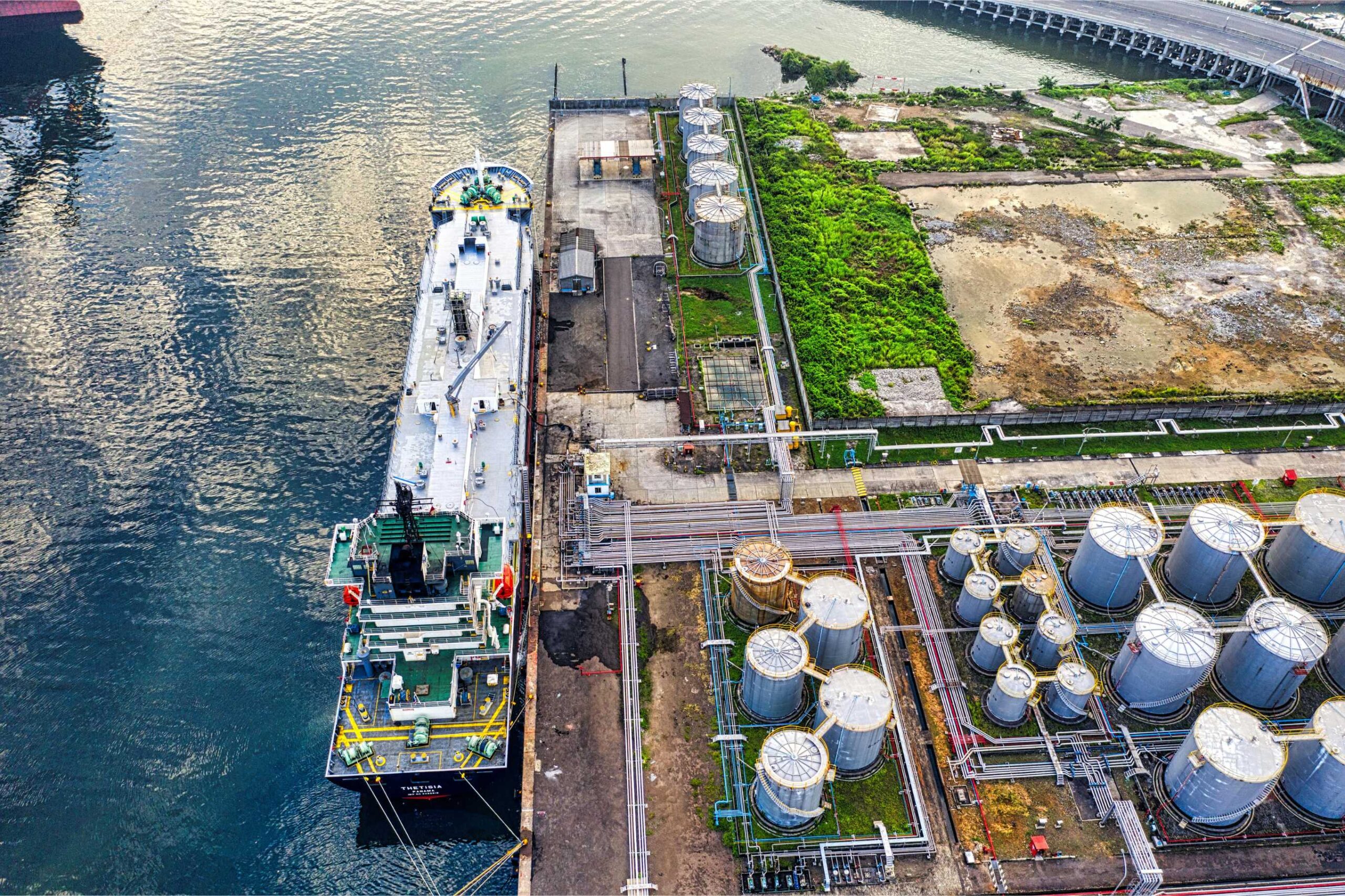In many instances, the point in which a pavement reaches the end of it’s functional life does not require the removal of the existing pavement material for rehabilitation purposes.
An overlay treatment is that which incorporates additional material to over the existing pavement. The use of overlays are generally applied for two reasons including a) the requirement for shape correction of an existing pavement or b) the requirement for structural reinforcement of the pavement.
For the most part, overlays comprise the addition of granular, modified granular or asphalt materials to a thickness considered appropriate for the section and its influencing factors.
A number of considerations required for the determination of overlay thicknesses include:
a) existing subgrade support – consideration must be given to the support provided by the existing subgrade including the likelihood that it has been mechanically compacted over the previous life of the pavement and may have reached equilibrium moisture content
b) project traffic loading – consideration must be given to the likelihood of growth of the existing traffic volumes and any implications of local development
c) future rehabilitation treatment – the potential reuse of the overlaid material whether it be through insitu stabilization or hot insitu asphalt recycling.
Are environmental regulations, health and safety concerns or potential profit loss a concern right now?
d) vertical clearance – consideration should be given to any height restrictions or implications of raising finished surface levels whether it be from a hydraulic perspective (creating a dam effect) or conflicts associated with guardrail or other road furniture i.e. kerb and channel.
From a structural design perspective, the use of falling weight deflectometer (FWD) is often a cost effective method of determining the support provided by the existing pavement. This includes gaining an appreciation of the subgrade conditions indicated by the D0 function, the susceptibility to asphalt fatigue by the curvature function and the strength of the existing base material by the deflection ratio function.
Many road authorities including The Department of Transport and Main Roads (DTMR) have empirical methods of determining overlay thickness using FWD information.
Other traditional methods including destructive sampling and ground penetrating radar can also provide input as to the to required overlay thickness.
For more information on Global Road Technology or Pavement Overlay Considerations please Contact Us
MORE INDUSTRY ARTICLES
April 19, 2024
LNG: What is it, and why does it Matter?
April 17, 2024
Team Rio Locks In $23 Billion for Simandou
MORE INDUSTRY ARTICLES
April 19, 2024
LNG: What is it, and why does it Matter?
April 17, 2024


